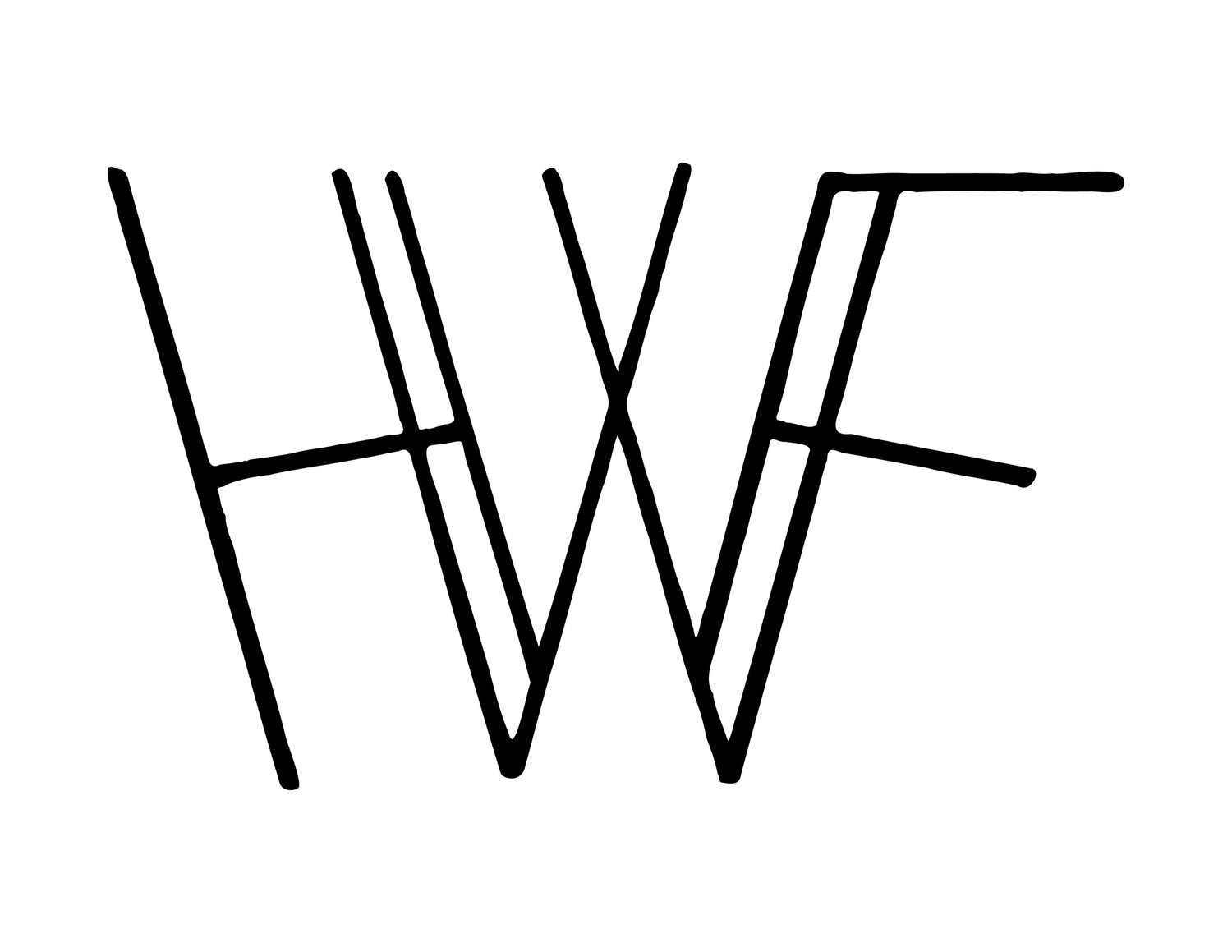Whiskey Barrel San Mai Auction Knife
There's so much to say about why I do this. Waste not. Tell a story. Preserve yesterday. Love people. Eat well. Build community. I can't really put my finger on one reason. But, one thing remains the same, when the opportunity arises, I am always thrilled to have a new opportunity to give back to my community. In this case, I put my head together with Get Comfortable & United Way of Northeast Georgia to auction off a knife - benefiting those in need in the Athens community. To create this knife, I partnered with Creature Comforts Brewery, founders of the Get Comfortable campaign/organization and I wanted to honor their efforts - highlighting the positive change they are bringing to our area. We are truly lucky to have Chris Herron (Creature Comforts CEO) in our ranks of local business owners. He's a force to be reckoned with and after hearing him speak at a recent My Athens Go Getters event, Lee and I were moved to take action.
Ill let the photos below speak for themselves. We acquired part of a damaged whiskey barrel that Creature Comforts was using to age a project brew - which included an iron strap/hoop which I used for the san mai cladding & two oak staves that I used for the handle.
San mai is a Japanese laminated steel - the cladding is a softer, more malleable alloy, sometimes it's pure iron and many makers are using stainless steel. The point is that the cladding remains soft throughout the heat treating process and protects the very hard core steel, allowing you to harden the steel to a higher HRC without risk of cracking or breaking. It's a beautiful process that master bladesmith, Bill Burke, taught me about while in Idaho this past winter.
Check out the photos and be sure check out Creature Comforts' Get Comfortable campaign and United Way of North East Georgia.


































